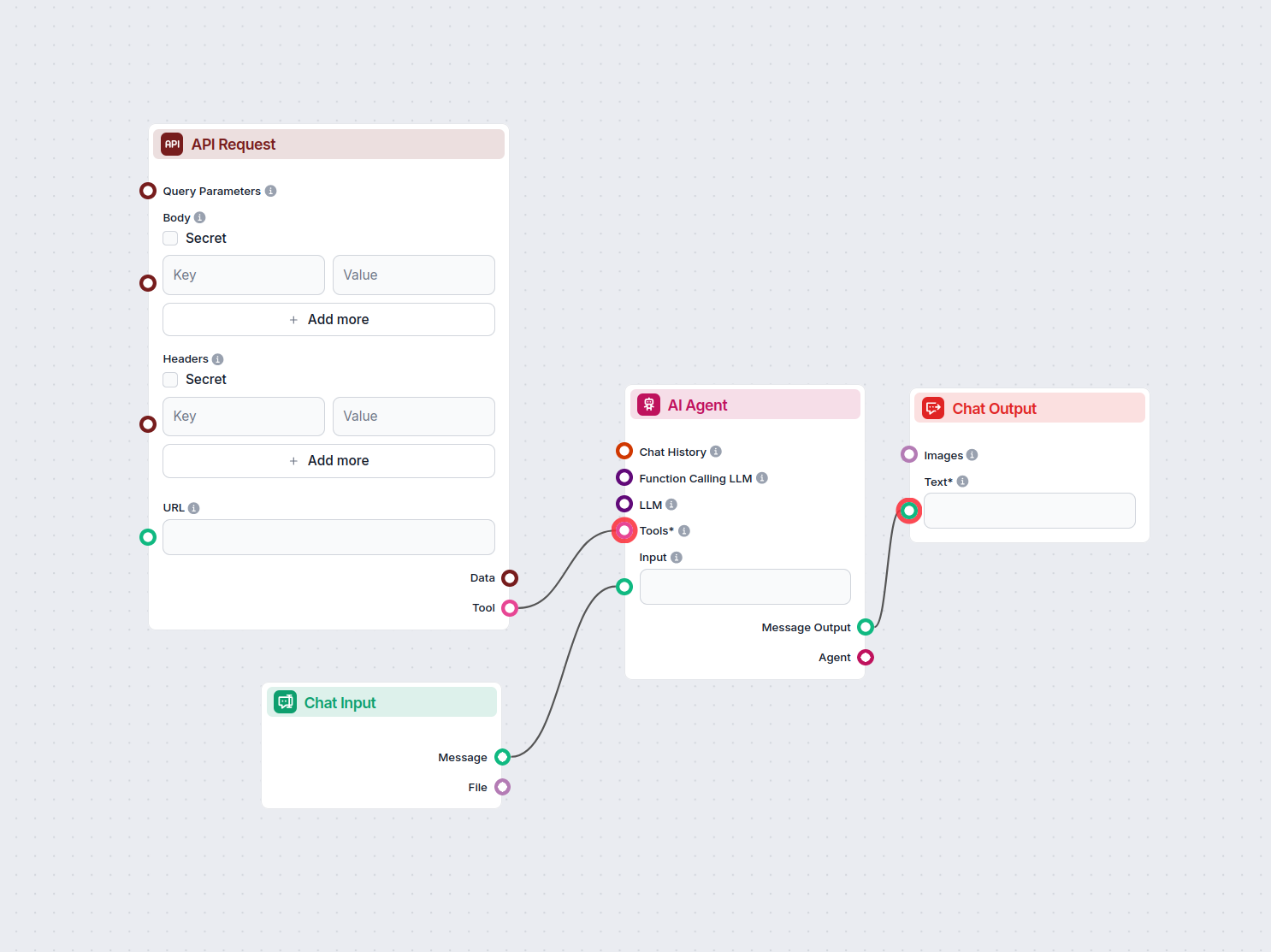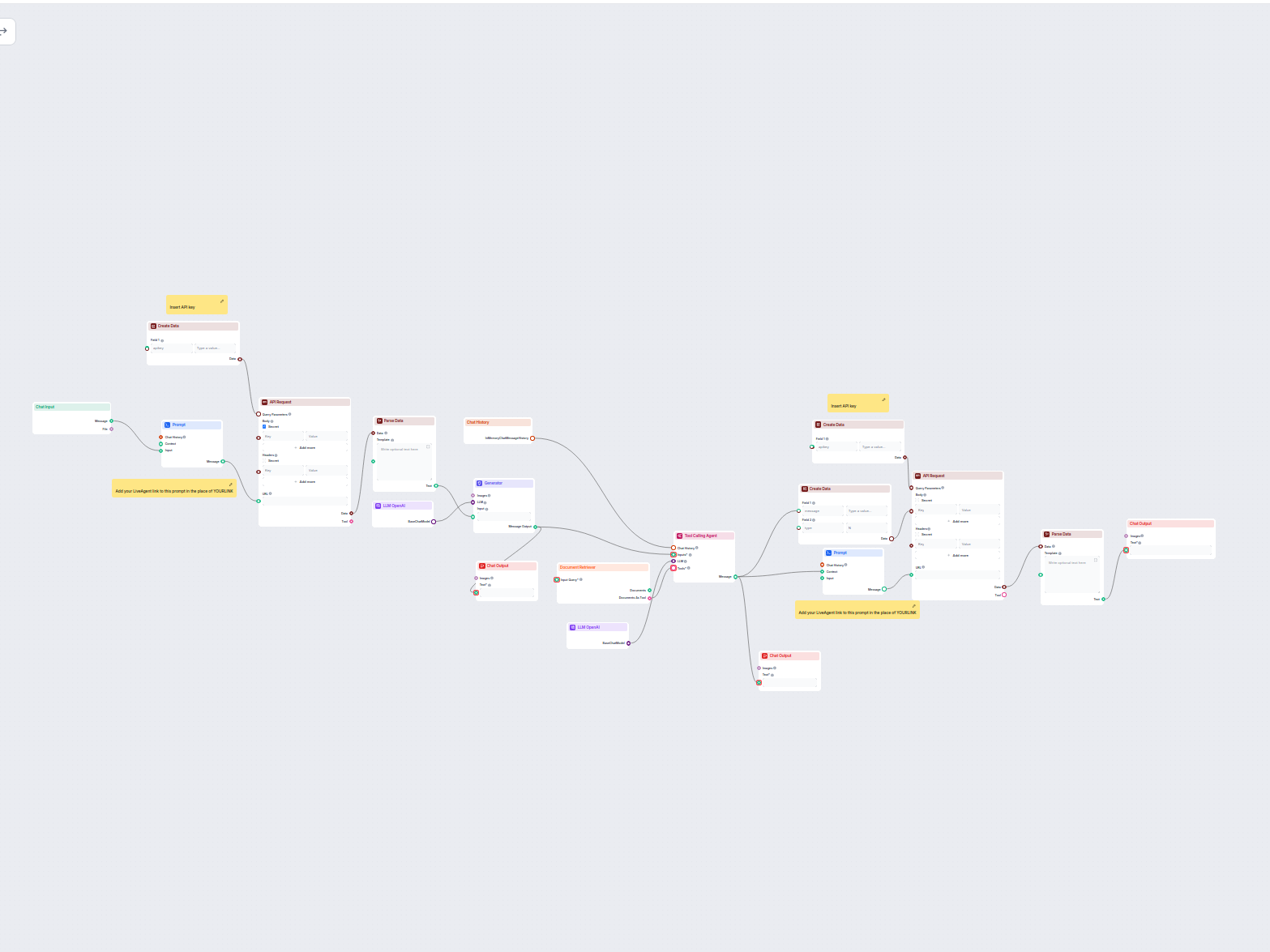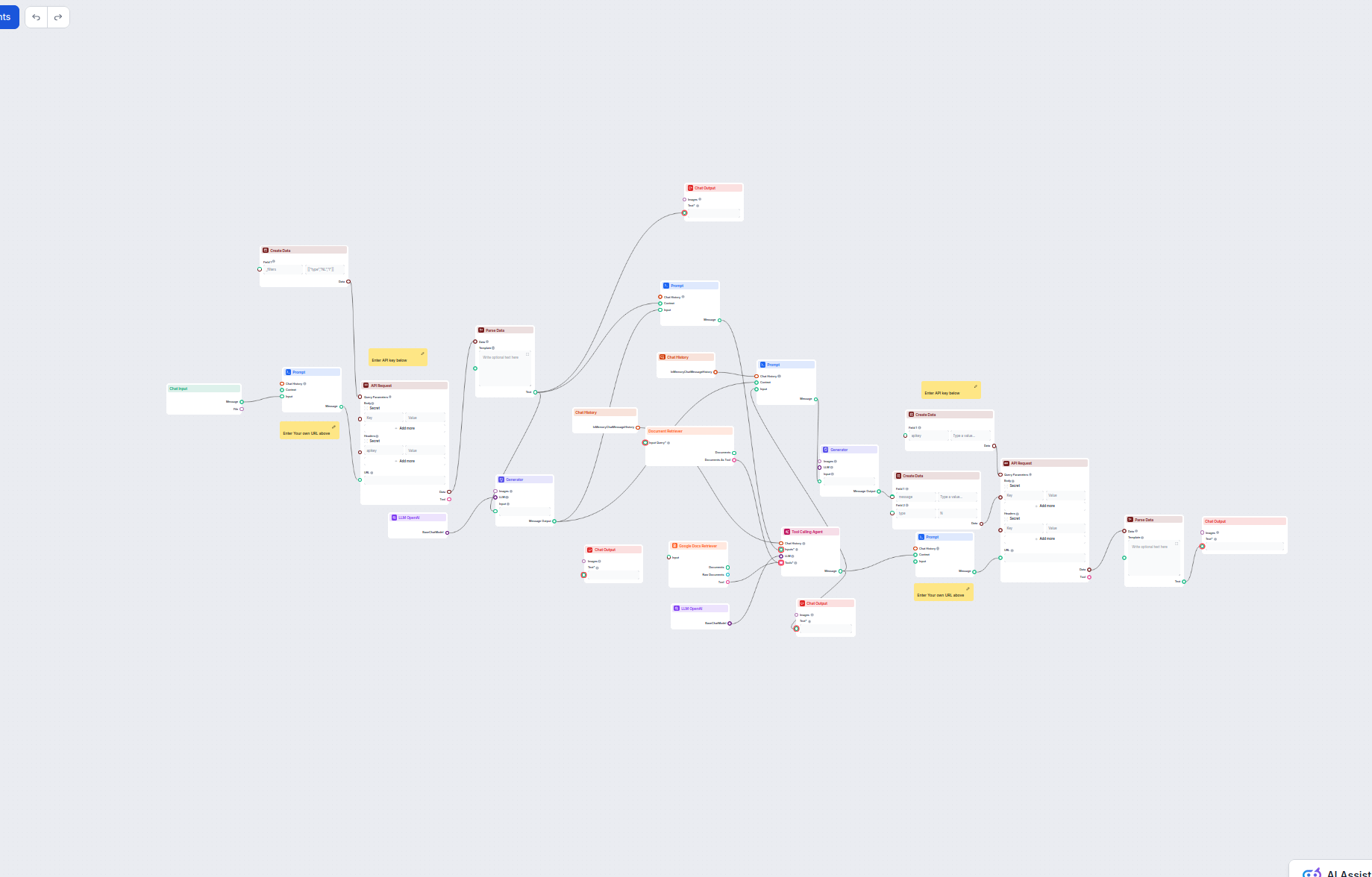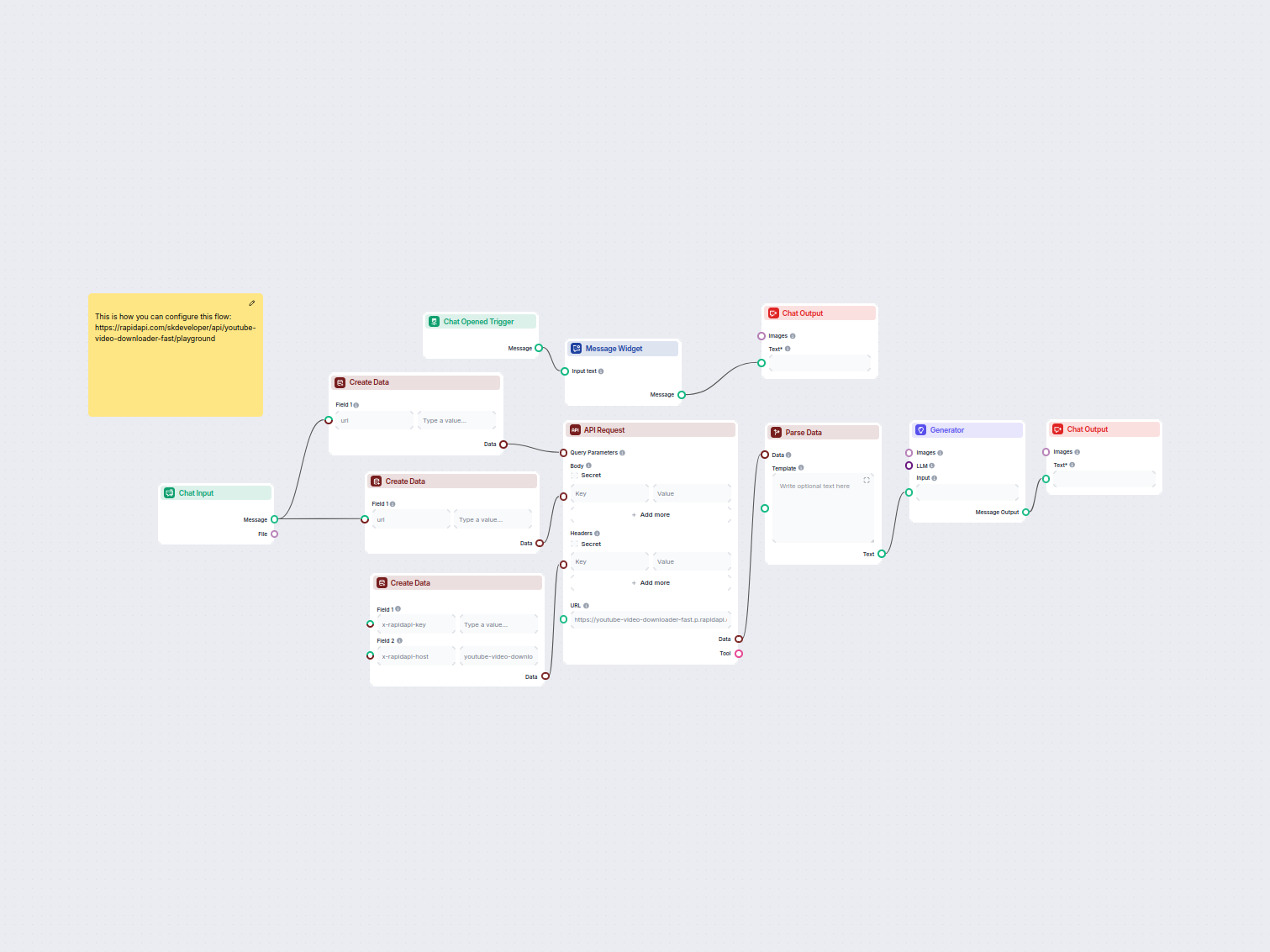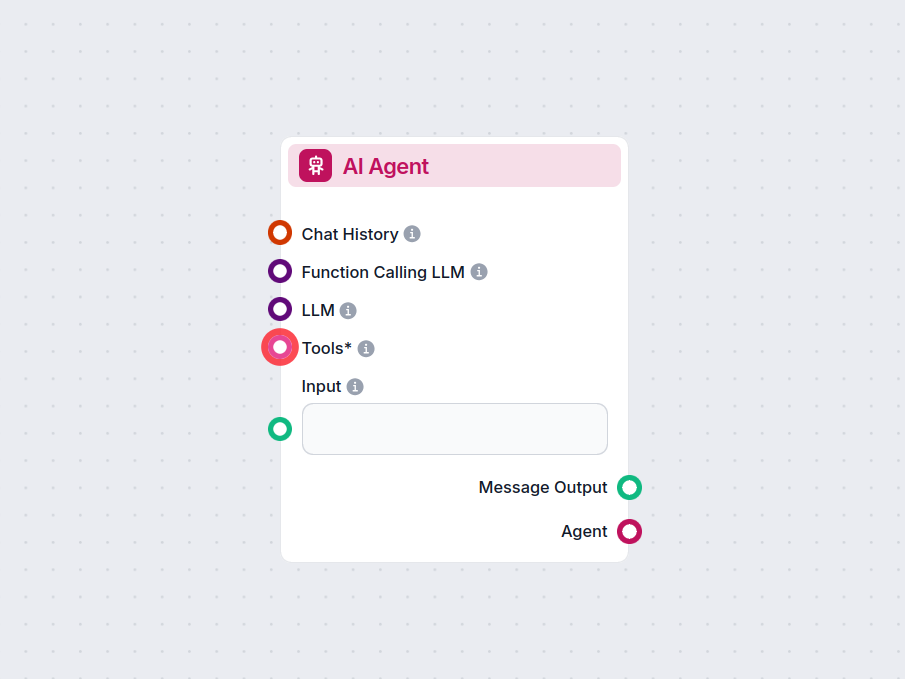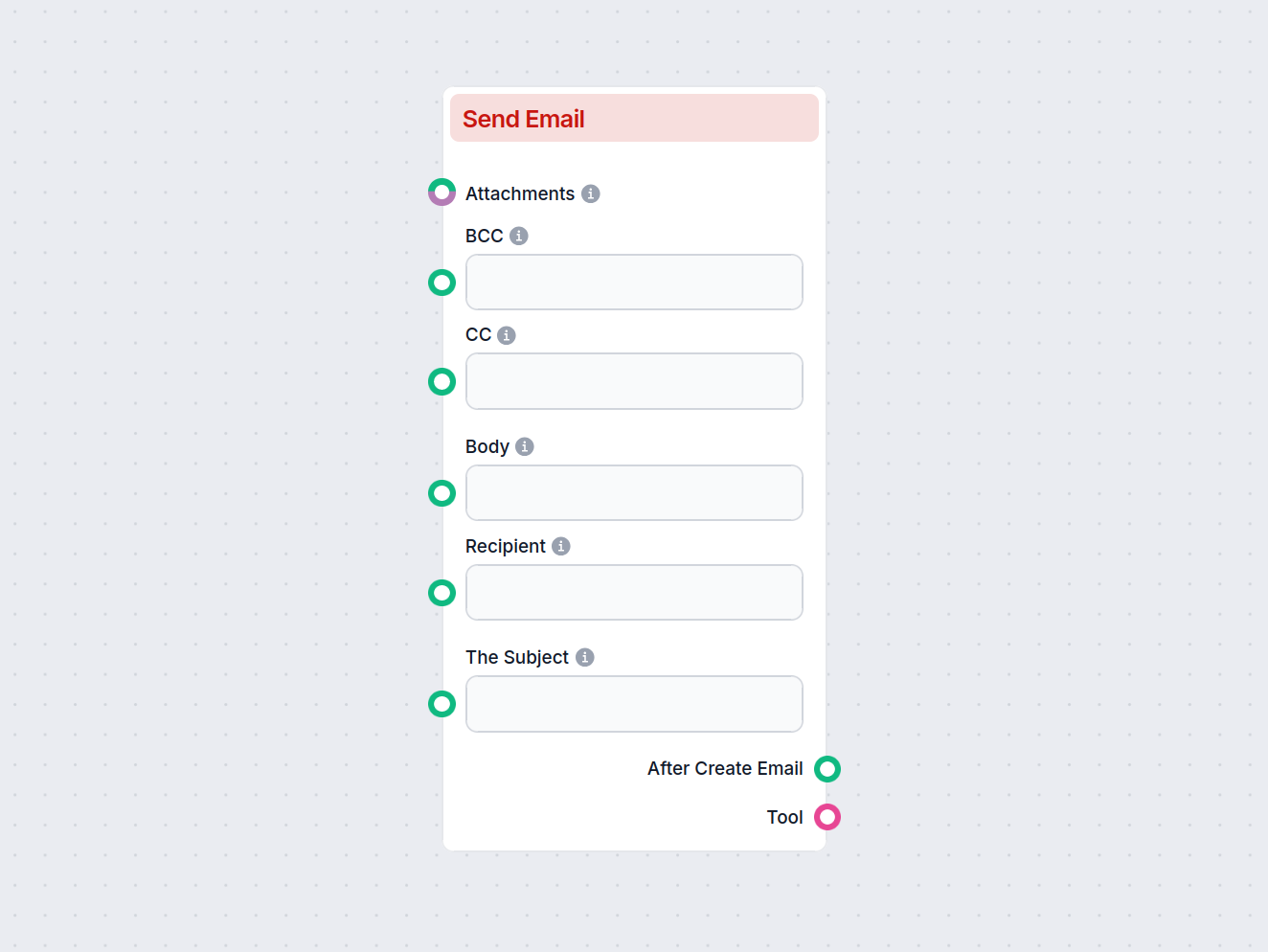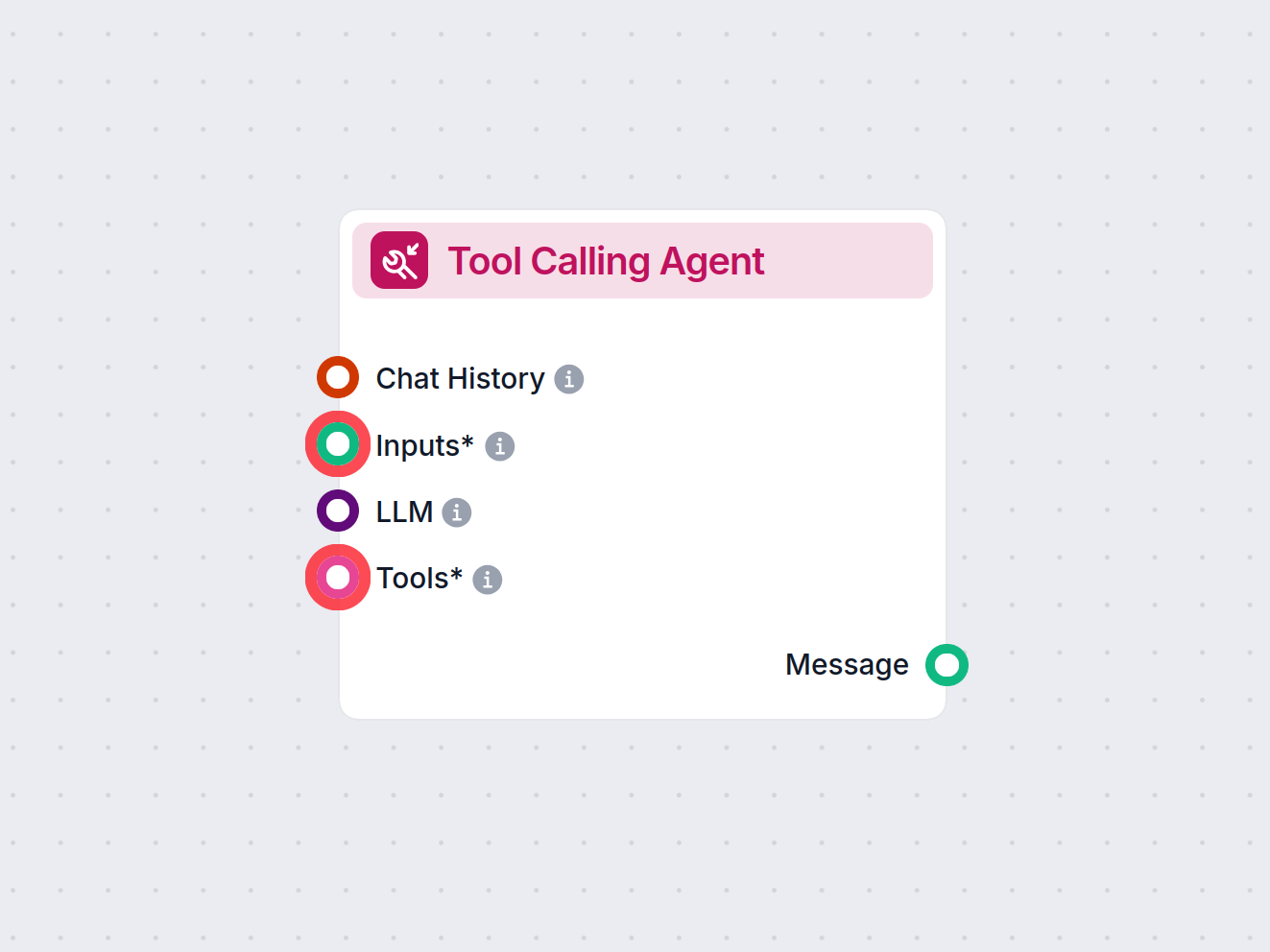
Hacker News Top Stories KI-Kurator
Ein automatisierter, KI-gestützter Workflow zum Abrufen, Zusammenfassen und Präsentieren der Top-Geschichten von Hacker News, einschließlich Story-Details, URLs...

Mit der API-Anfrage-Komponente können Sie Ihre Flows über anpassbare HTTP-Anfragen mit externen APIs verbinden und Antworten verarbeiten.
Komponentenbeschreibung
The API Request component is a versatile tool designed to facilitate HTTP requests within your AI workflows. It enables your workflow to interact with external APIs or web services by sending requests to one or more URLs and processing the responses. This capability is essential for tasks such as data retrieval, integration with third-party services, or invoking custom endpoints as part of automated or intelligent processes.
This component allows you to configure and send HTTP requests (GET, POST, PATCH, PUT) to specified URLs. You can customize the request by adding headers, query parameters, and a request body. It also supports handling form data and setting custom timeouts, making it suitable for a wide range of API interactions.
The API Request component supports the following configurable inputs:
| Field | Description | Type | Default/Options |
|---|---|---|---|
| URL | Enter one or more target URLs, separated by commas. | String | |
| Method | HTTP method to use for the request. | Dropdown | GET, POST, PATCH, PUT |
| Headers | Custom headers to include in the request (as a dictionary). | Dictionary/Data | |
| Body | Data payload for POST, PATCH, or PUT requests (as a dictionary). | Dictionary/Data | |
| Query Parameters | Key-value pairs to append as URL query parameters. | Dictionary/Data | |
| Use Form Data | Toggle to send data as application/x-www-form-urlencoded. | Boolean | false |
| Timeout | Time (in seconds) before the request times out. | Integer | 5 |
| Cache TTL | How long to cache the API response. Set to ‘No cache’ to disable. | Dropdown | No cache, 5 min, … etc. |
| Verbose | If enabled, prints verbose output for debugging. | Boolean | false |
| Tool Name | Name for this API request tool (for use by agents). | String | |
| Tool Description | Description to help agents understand how to use this tool. | String (multiline) |
The component produces two main outputs:
| Output Name | Type | Description |
|---|---|---|
| Data | Data | The response data from the API request. |
| Tool | Tool | Makes this API request available as a “tool” for agent-based workflows. |
The API Request component is an essential building block for any AI process that needs to interact with web services or external data sources. It offers a comprehensive set of configuration options to handle a wide variety of HTTP request scenarios, and its outputs can be used directly or made available as a tool for agent-based AI workflows.
Um Ihnen den schnellen Einstieg zu erleichtern, haben wir mehrere Beispiel-Flow-Vorlagen vorbereitet, die zeigen, wie die API-Anfrage-Komponente effektiv genutzt wird. Diese Vorlagen präsentieren verschiedene Anwendungsfälle und Best Practices und erleichtern Ihnen das Verständnis und die Implementierung der Komponente in Ihren eigenen Projekten.
Ein automatisierter, KI-gestützter Workflow zum Abrufen, Zusammenfassen und Präsentieren der Top-Geschichten von Hacker News, einschließlich Story-Details, URLs...
Dieser KI-gestützte Chatbot liefert sofort detaillierte Informationen zu jeder IP-Adresse, einschließlich Stadt, Land, Zeitzone und ISP, indem er Live-Daten von...
Dieser Workflow automatisiert den Kundensupport für Ihr Unternehmen, indem er LiveAgent-Konversationen integriert, relevante Konversationsdaten extrahiert, Antw...
Dieser KI-gestützte Workflow automatisiert den Kundensupport, indem er Benutzeranfragen mit Wissensquellen des Unternehmens, externen APIs (wie LiveAgent) und e...
Dieser KI-gestützte Workflow automatisiert den Kundensupport durch die Kombination aus interner Wissensdatenbank-Suche, Google Docs-Wissensabruf, API-Integratio...
Erstellen Sie mühelos Download-Links in mehreren Formaten (MP4, Audio, HD usw.) für jedes YouTube-Video über eine einfache Chat-Oberfläche. Der Workflow sammelt...
Die API-Anfrage-Komponente ermöglicht Ihrem Flow, HTTP-Anfragen (GET, POST, PATCH, PUT) an eine oder mehrere URLs zu senden, sodass Sie sich mit jeder externen API oder jedem Webdienst verbinden können.
Ja, Sie können benutzerdefinierte Header und Body-Inhalte hinzufügen, um sie an Ihre Ziel-API anzupassen. Beides kann über Dateneingaben oder Dictionaries festgelegt werden.
Absolut. Sie können Query-Parameter an Ihre URL anhängen und aus verschiedenen HTTP-Methoden wählen, darunter GET, POST, PATCH und PUT.
Ja, Sie können konfigurieren, wie lange API-Antworten zwischengespeichert werden sollen, oder das Caching vollständig deaktivieren, um Kontrolle über Datenaktualität und Performance zu haben.
Ja, sie wurde für die nahtlose Integration mit praktisch jedem Drittanbieterdienst entwickelt, der eine API bereitstellt, und ist damit eine zentrale Komponente für Automatisierung und fortgeschrittene Workflows.
Fügen Sie Ihren Flows jetzt Echtzeitdaten, Drittanbieterdienste oder benutzerdefinierte Integrationen mit der API-Anfrage hinzu.
Die KI-Agent-Komponente in FlowHunt erweitert Ihre Workflows um autonome Entscheidungsfindung und die Fähigkeit zur Nutzung integrierter Tools. Sie nutzt große ...
Automatisieren Sie die E-Mail-Erstellung mit der Komponente 'E-Mail senden' – verfassen und versenden Sie E-Mails direkt über Gmail innerhalb Ihrer Workflows. L...
Entdecken Sie den Tool Calling Agent in FlowHunt – eine fortschrittliche Workflow-Komponente, die es KI-Agenten ermöglicht, externe Tools intelligent auszuwähle...
Cookie-Zustimmung
Wir verwenden Cookies, um Ihr Surferlebnis zu verbessern und unseren Datenverkehr zu analysieren. See our privacy policy.
